
Real Food Encyclopedia Mandarin Orange FoodPrint
In Mandarin Chinese, its pinyin is "shénme." Most commonly used as a question word, 甚麼 / 什么 can also be used in certain statements. For example, 沒甚麼 / 没什么 ( méi shénme) translates to "it doesn't matter" or "it's nothing." 甚麼 / 什么 (shénme) occurs after the verb it references.

FileMandarin oranges canned.jpg Wikipedia
You can effectively communicate and understand the meaning of "what" in Mandarin Chinese by using these phrases. "What" in Mandarin is "什么" (shén me). The term for "what" in Chinese in simplified form is 什么shénme. It is commonly used as a question word. However, it can also be used in certain statements, such as 没什么 (méi.

Mandarin restaurant birthday hashtag hijacked by nutrition critics
1. Practice using the four Mandarin tones. Mandarin Chinese is a tonal language, which means that different tones can change the meaning of a word, even if the pronunciation and spelling are otherwise the same. It is essential to learn the different tones if you wish to speak Mandarin Chinese correctly.
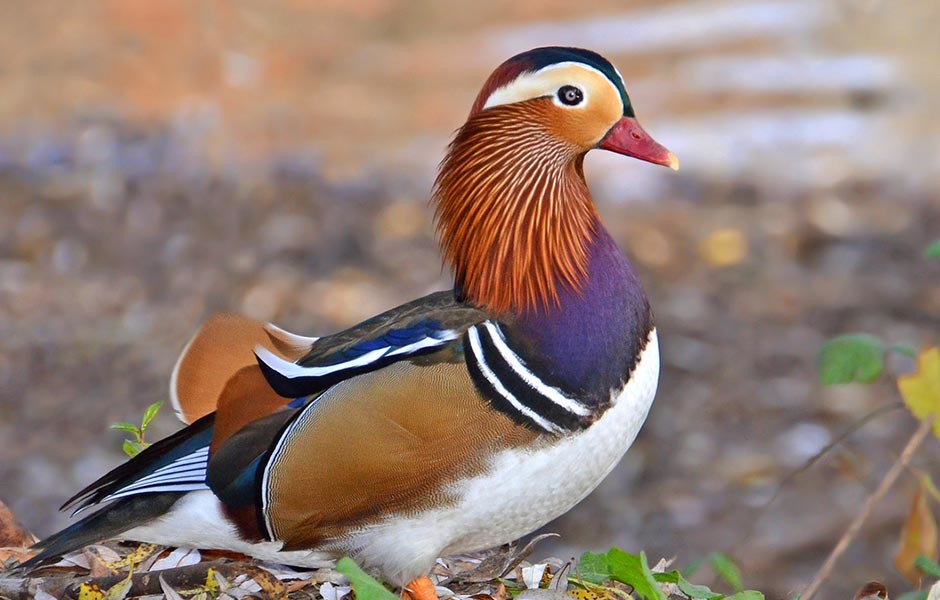
Mandarin Duck Hanwell Zoo
Mandarin's tones give the language a very distinctive quality, but the tones can also be a source of miscommunication if not given due attention. There are four main tones and one neutral tone in mandarin Chinese (or, as some say, five tones). Each tone has a distinctive pitch contour, which can be graphed using the following Chinese 5-level.
Arctic Garden Studio How to Can Mandarin Oranges
Mandarin words may seem challenging at first due to their unique characters and tones. However, with consistent practice and the right resources, you can develop a solid foundation in Mandarin vocabulary. Remember that language learning is a gradual process, and every new word you learn brings you closer to fluency.

Mandarins
Mandarin Chinese, or simply Mandarin, (/ ˈ m æ n d ər ɪ n / (); simplified Chinese: 官话; traditional Chinese: 官話; pinyin: Guānhuà; literally: "speech of officials") is the language of government and education of the Chinese mainland and Taiwan, with the notable exceptions of Hong Kong and Macau where a local dialect of Chinese called Cantonese is more often used.
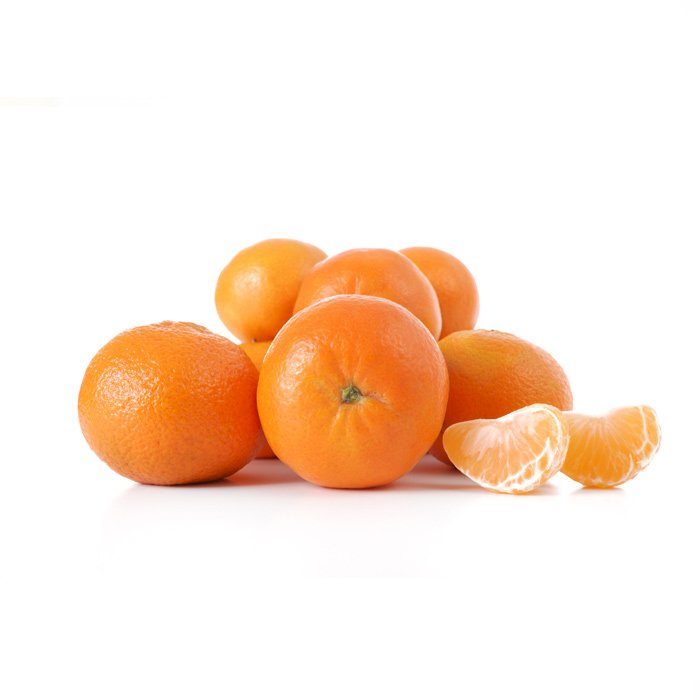
Mandarin Citrus, varieties, production, seasonality Libertyprim
Mandarin is a tonal language. Achieving speaking basic Chinese would involve several hours practising tones, initials and finals. From this point, learners would be able to verbalise correctly basic mandarin words.
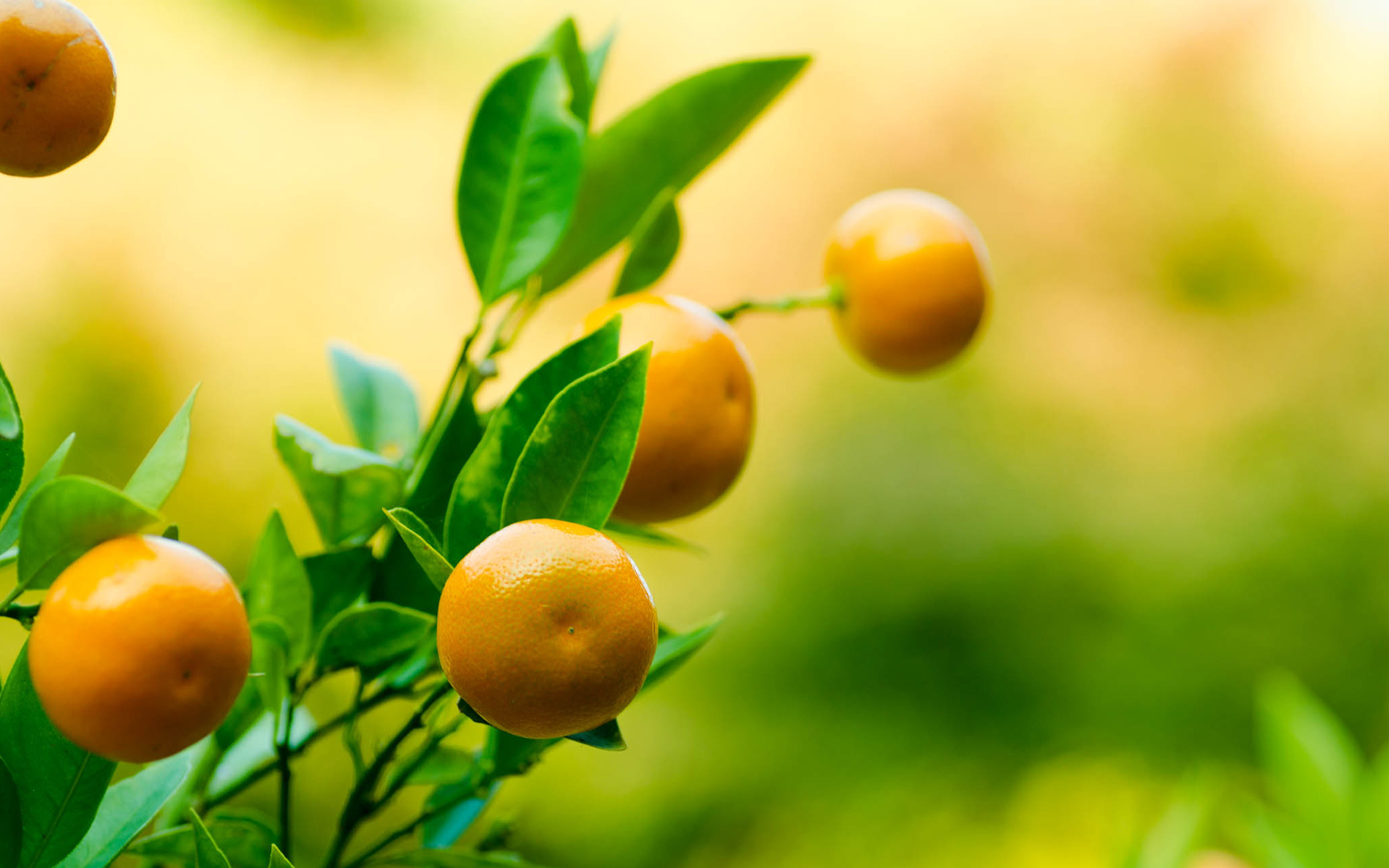
Food Mandarin HD Wallpaper
Mandarin oranges are a different species from oranges. There are up to 200 varieties and hybrids of mandarins around the world, including tangerines and clementines. They boast many impressive.
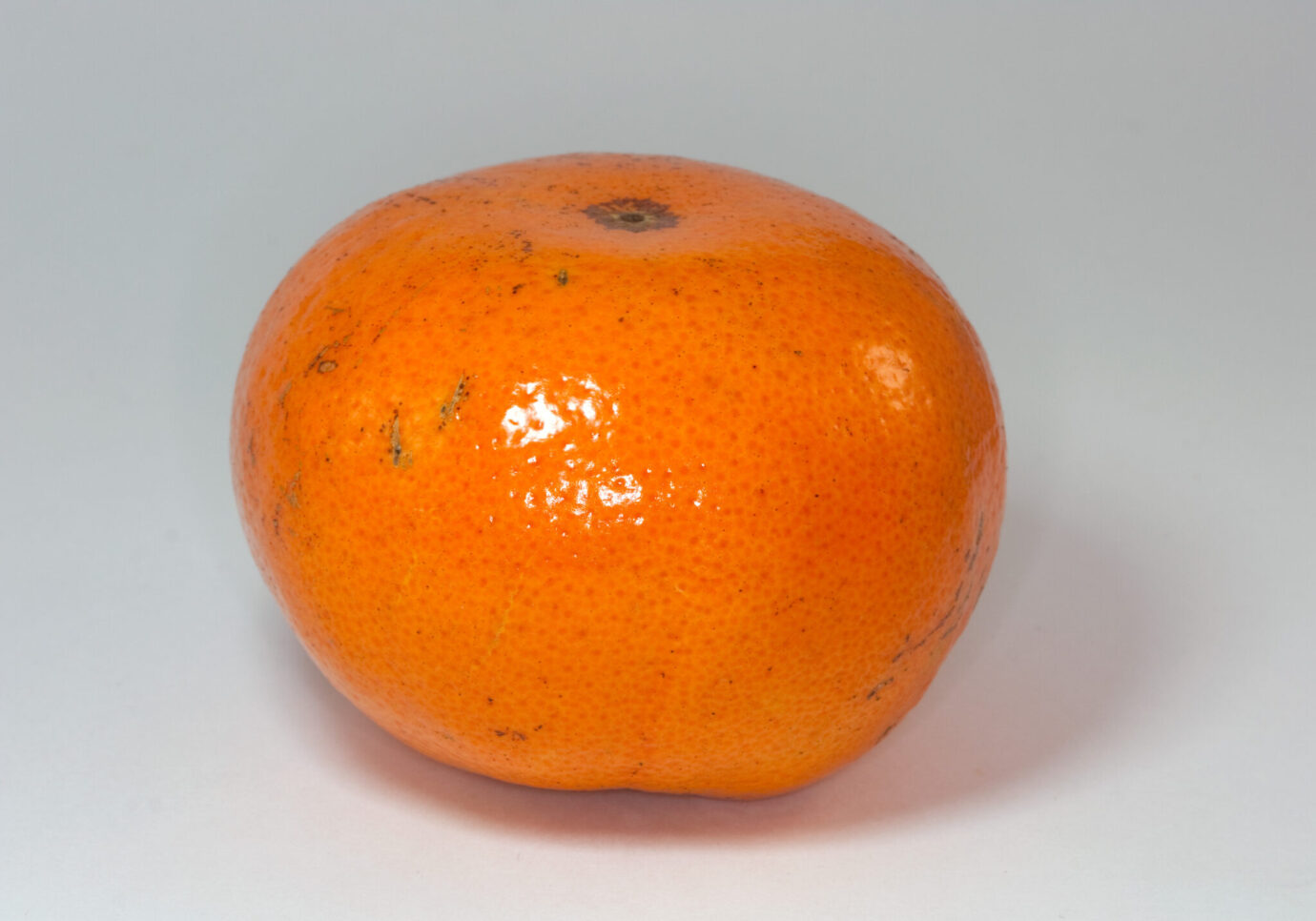
Honey Mandarin Tree Tangerines Tree From Paradise Nursery
Make sure to practice saying the words out loud yourself, too; it'll really help you commit to memory. Practice these and get them down, and when you're ready for more numbers, check out Chinese Numbers 1 - 100. 0. 零. líng. 1. 一. yī. 2.
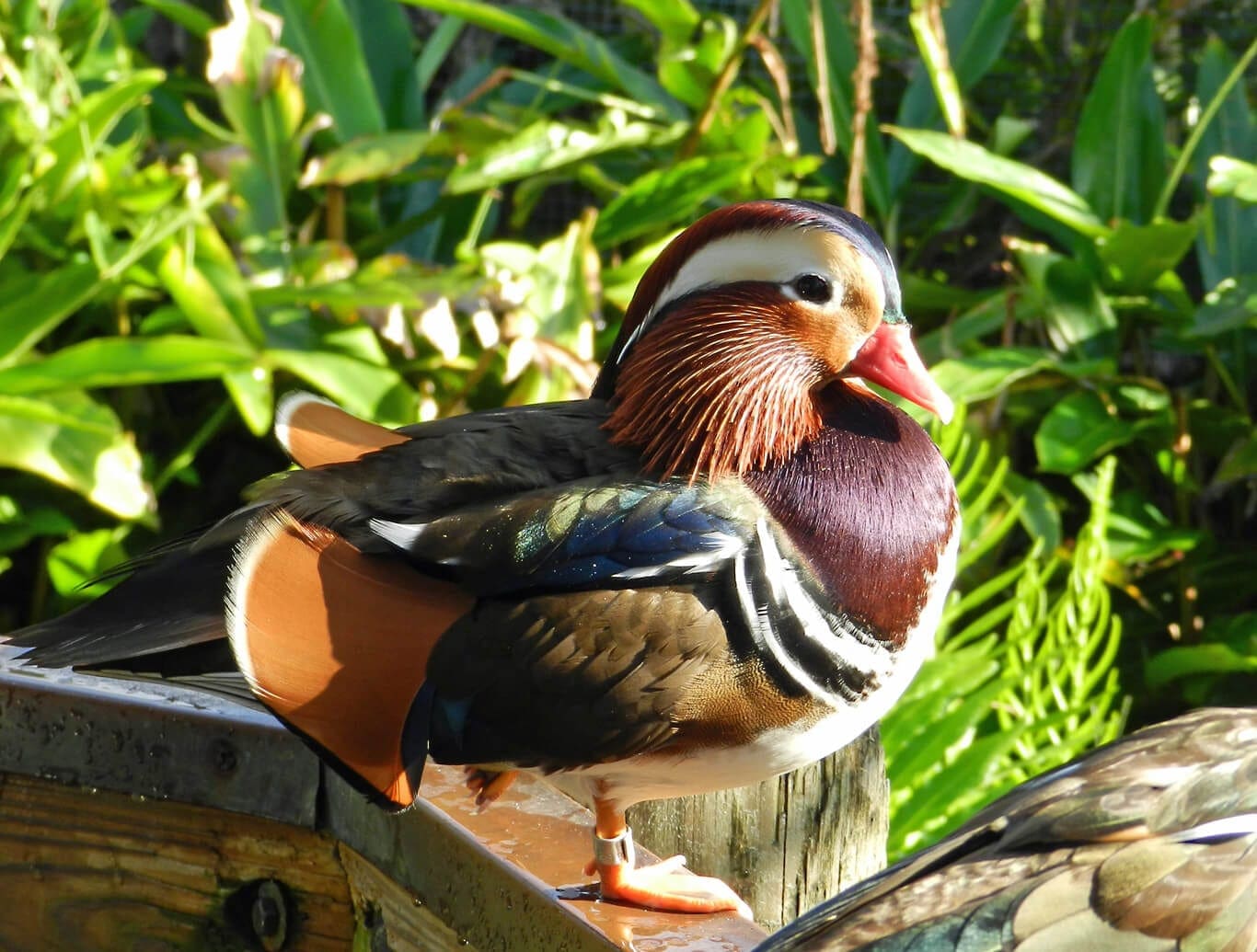
Mandarin Duck
The most common word for "what" in Mandarin is "shénme" (什么). It is pronounced more like "shummuh" with a falling tone. Here's a quick primer on saying "shénme": Pronunciation: "shummuh" with a falling tone on the second syllable. Say it quickly, almost as one syllable. Characters: 什么 - The first character.

Mandarin Oriental announces a new project in Oman Design Middle East
A speaker from Tanghe (Central Plains Mandarin). Mandarin (/ ˈ m æ n d ər ɪ n / ⓘ MAN-də-rin; simplified Chinese: 官话; traditional Chinese: 官話; pinyin: Guānhuà; lit. 'officials' speech') is a group of Chinese language dialects that are natively spoken across most of northern and southwestern China.The group includes the Beijing dialect, the basis of the phonology of Standard.
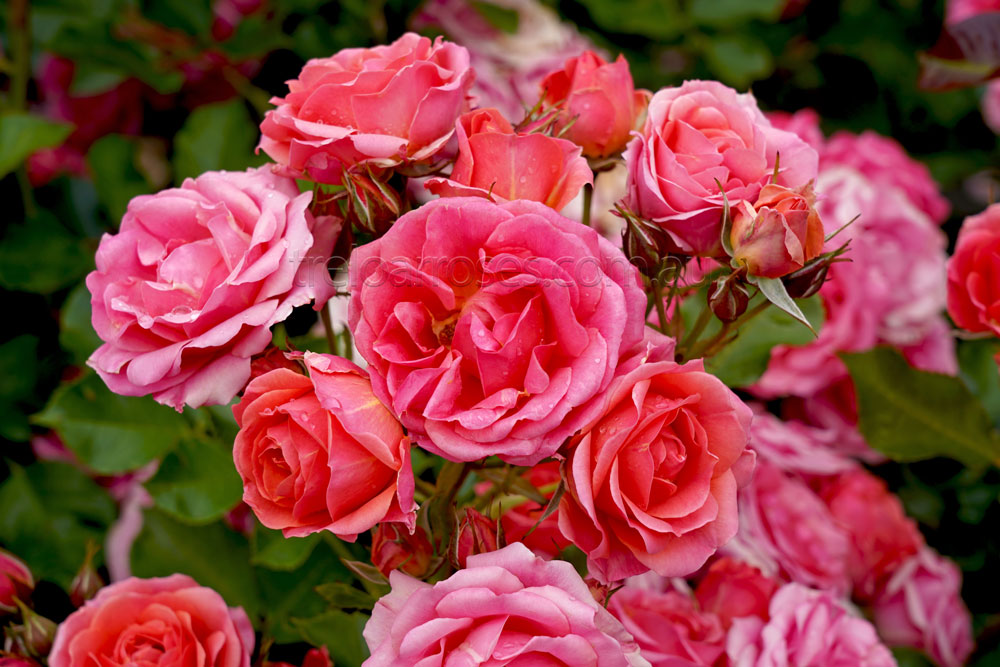
Mandarin
The difference between mandarins, tangerines, clementines, and satsumas. Mandarins are a type of orange that have slightly flat ends, thinner skin, and often sweeter flavor. Tangerines, clementines, and satsumas are all types of mandarins with their own characteristics. Tangerines are technically a type of mandarin, but the two terms are used.
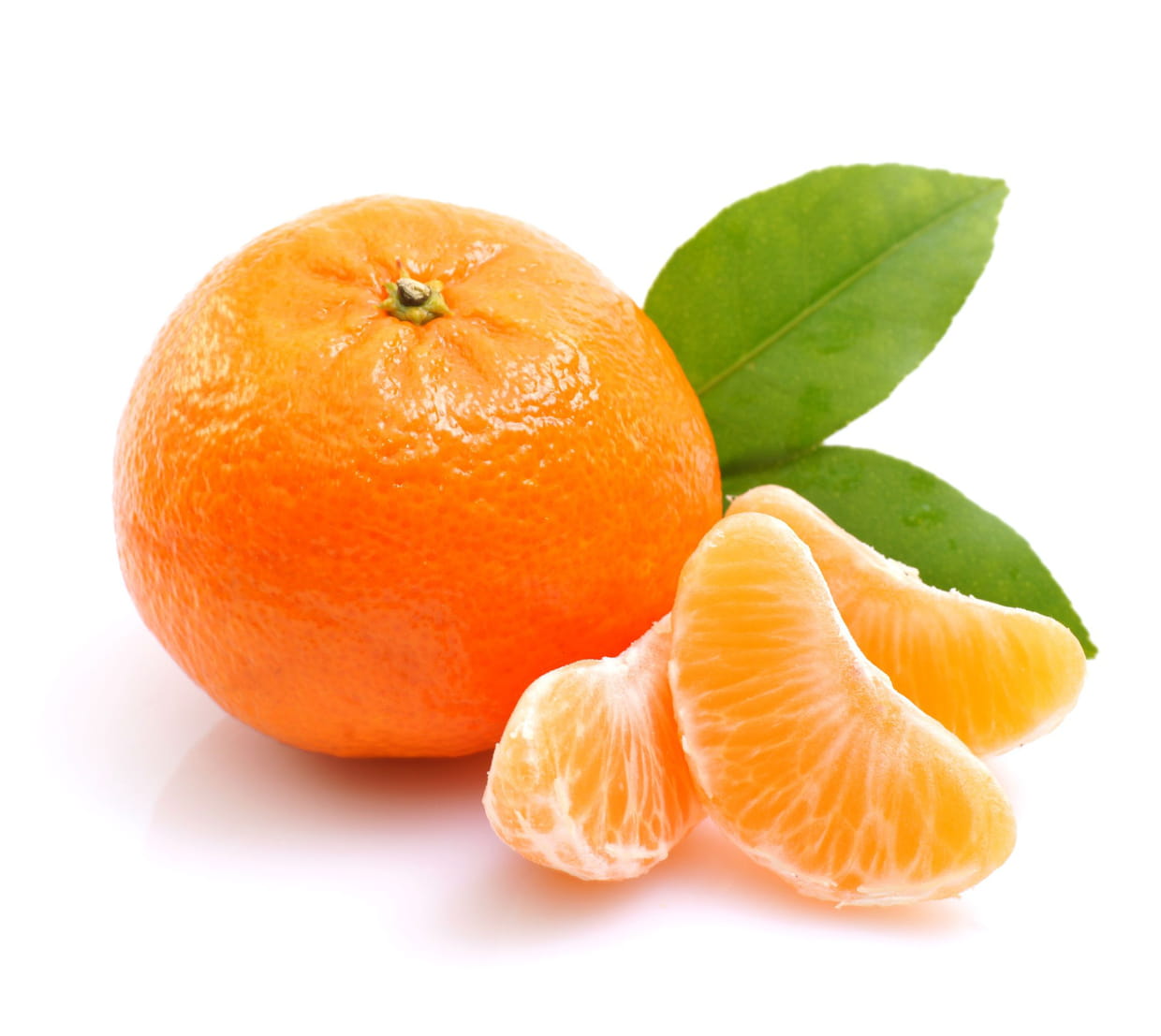
Vietnamese Mandarin (Citrus Reticulata) Fruits and Types
Mandarin language, the most widely spoken form of Chinese.Mandarin Chinese is spoken in all of China north of the Yangtze River and in much of the rest of the country and is the native language of two-thirds of the population.. Mandarin Chinese is often divided into four subgroups: Northern Mandarin, centring on Beijing and spoken in northern China and the Northeast provinces (Manchuria.

FileMandarin.duck.arp.jpg Wikipedia
Flexible Chinese Word Order Construction - What in Mandarin For new Chinese learners, it makes sense to try and place the Subject Pronoun first where possible. However, the Chinese language is flexible. If you have a stronger Mandarin foundation and a deeper understanding of how Chinese grammar works after some time, you should be able to move around the Chinese word order construction.

Feng Shui Mandarin Ducks How to Use Them for Love and Marriage
How to count past 10 in Mandarin Chinese. For numbers 11-19, you'll use 十 (shí) in combination with the second digit of the number. For instance: 十一. shíyī. Eleven. Since 一 (yī) means "one," you'll just combine it with 十 (shí), which means "ten" to get "eleven.". Let's continue down the number line: 十二.
.jpg)
FileMandarin Oranges (Citrus Reticulata).jpg Wikipedia, the free
The Collins Mandarin Chinese online dictionary offers you: Up-to-date coverage of today's language. Over 90,000 translations of Mandarin Chinese and English. Pinyin included throughout. Simplified and traditional Chinese characters. Hundreds of useful phrases, idioms and examples. Audio and video pronunciations.